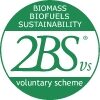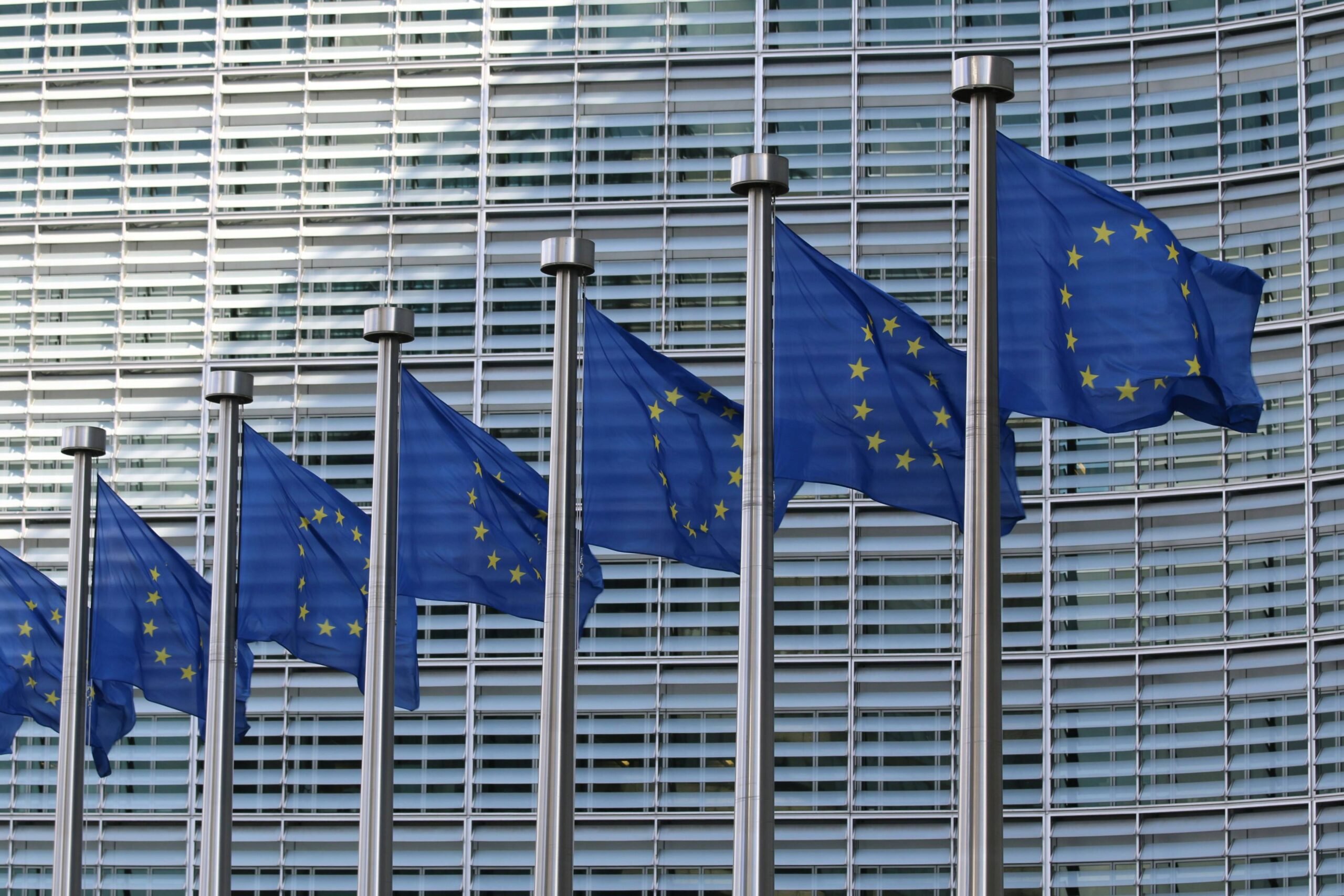Dear economic operators and certification bodies,
Concerning our recent joint communication on NUTS2 (1) values, we’d like to update the available information after we received a letter from the European Commission on this matter on Tuesday 12th December 2023.
In this letter the Commission confirms its position “…that since the entry into force of Directive (EU) 2018/2001 (RED II) the NUTS-values submitted under Directive 2009/28/EC [‘old NUTS values] are no longer automatically applicable and promised to investigate whether a further transition period would still be possible. …”
As a result of this investigation, the Commission states in its latest letter that “…NUTS-values differing from the default values for Annex V can therefore only be applied if recognised by the Commission through an implementing act. Consequently, it is not possible for the Commission to grant a further transition period, as requested by some of the Member States and by industry stakeholders, as this would have to be done through a co-legislation process. …”
It’s now the responsibility of the Member States to provide updated NUTS2 values to be assessed and confirmed by the European Commission according to the current legal requirements.
In light of this situation we, the voluntary schemes, have agreed on the following:
- Biomass harvested in 2023 benefits from the published NUTS2 values, because of the protection of legitimate expectations. The NUTS2 value is preserved along the value chain until the declaration of the finished biofuel.
- The harvest 2024 will have the opportunity to be flagged with ‘new’ NUTS2 values provided that these values have been covered by a Commission Decision. Please note that the possibility of using default and actual values remains unchanged.
(1) To determine the GHG emissions from cultivation the RED II allows, next to the actual calculation or the application of default values, the use of typical values that represent the average value in a specific area. Those typical values have to be reported to the European Commission by Member States or third countries and can be used if the Commission recognizes them to be accurate. Those typical values are often referred to as NUTS2 values, as they describe the emissions from the cultivation of agricultural raw materials of the areas on a Member Stated territory classified as level 2 in the nomenclature of territorial units for statistics (NUTS) (see Art. 31(2) RED II).

